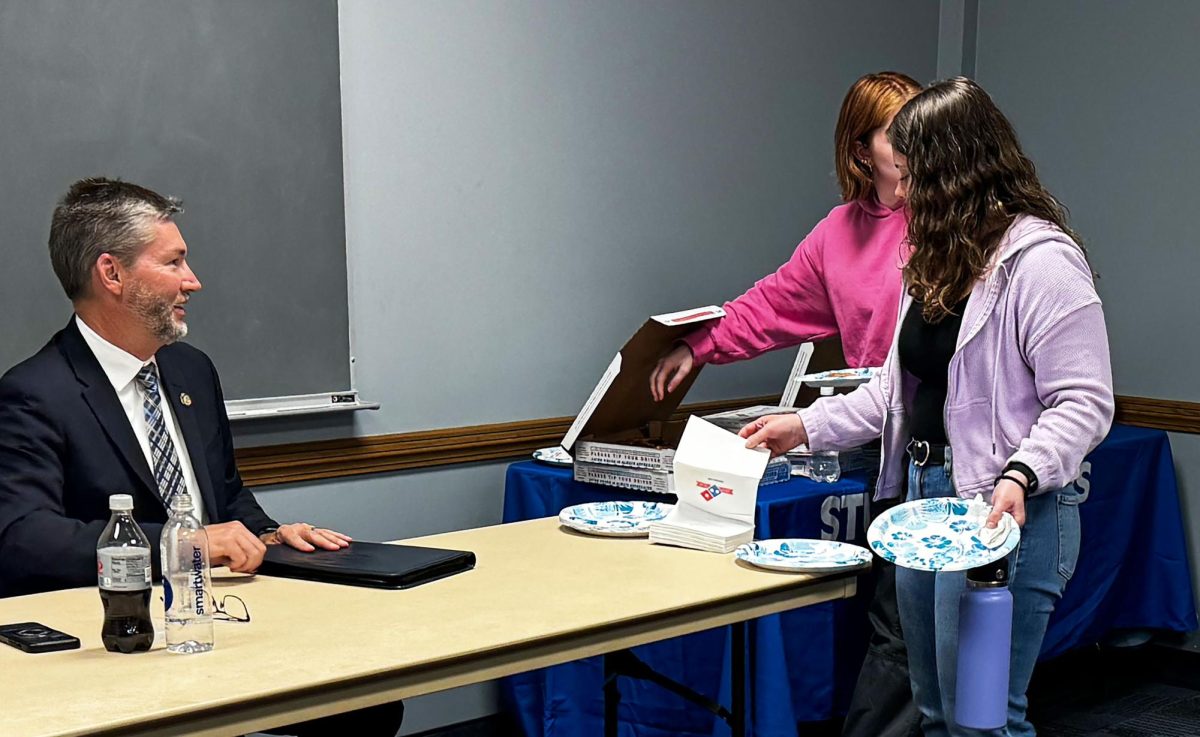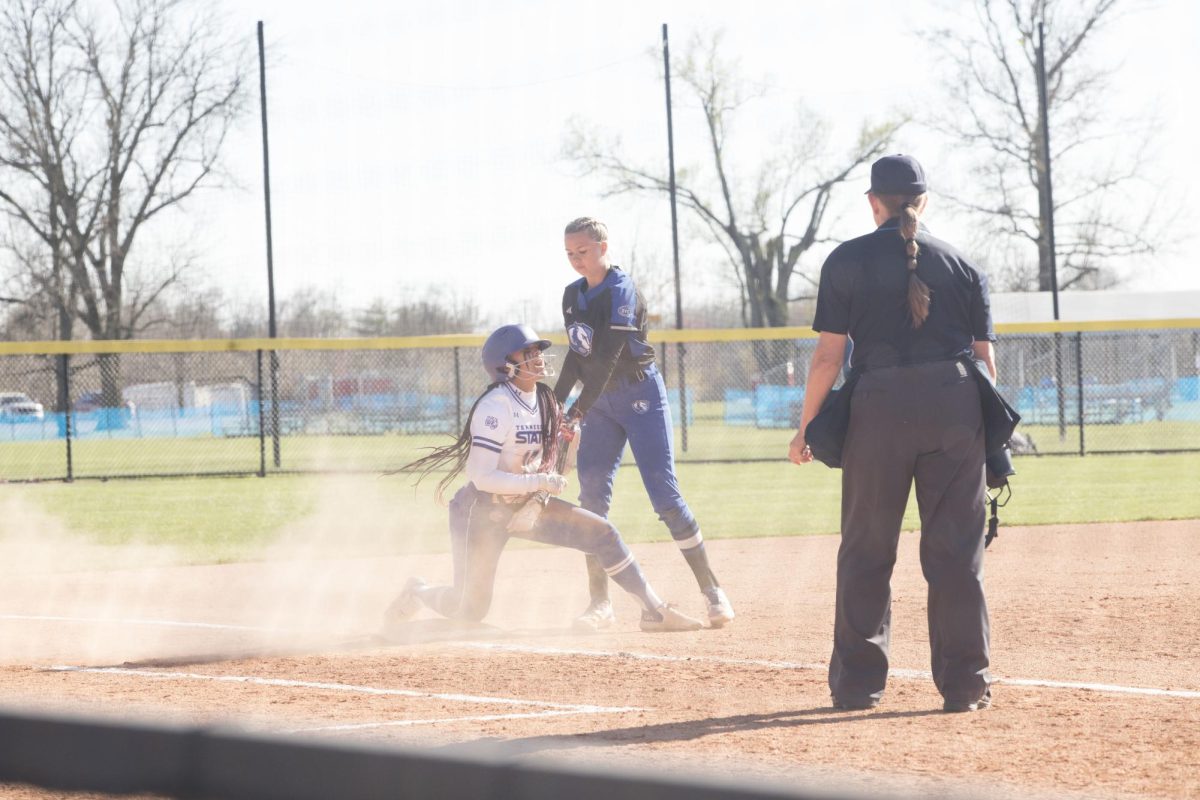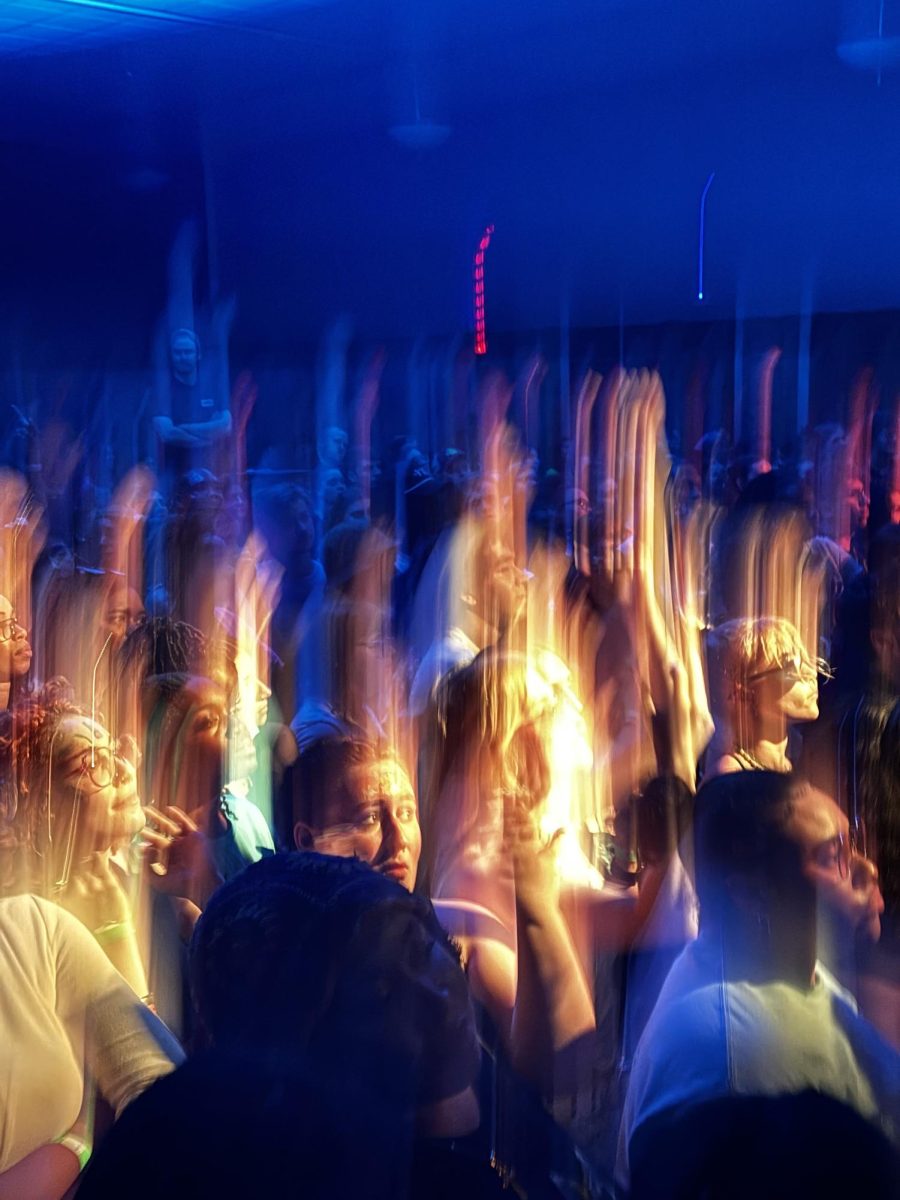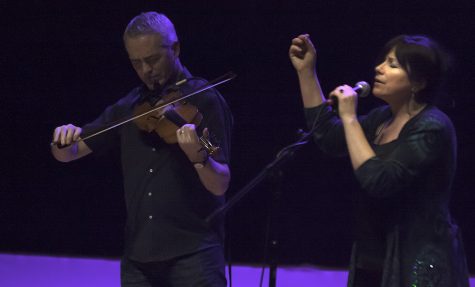COLUMN: The Music of the Matrix: What is Electronic Music?
March 22, 2017
Have you ever heard of “The Matrix?” That’s right, the movie about living inside a virtual world.
Much like the movie, there is a whole world of virtually created music called electronic music.
You have probably heard a lot of electronic music without even knowing it. If you play video games, watch a horror film or listen to Electronic Dance Music, you have experienced some sub-genres of electronic music.
At Eastern, we even have an electronic music lab devoted solely to the creation of electroacoustic and electronic music. However, before we get into present electronic music we must know where it came from.
Electronic music had its humble beginnings at the turn of the 20th century with the invention of devices like the theremin, an instrument that could be played without touching it using radio waves to create pitch.
In Paris, the first documented sub-genre of electronic music called Musique concrète was created in 1998. Musique concrète used the sounds of recorded instruments and overlapped them as well as distorted them to skew the audiences’ perception of sound. At first, electronic music was used to recreate the sound of natural instruments, but as it grew in popularity it created its own unique sounds.
Electronic music has been incorporated into many other types of music. Today, we see electronic music in films such as “Interstellar” or “Get Out.”
It is also used for auto-tune and backing tracks in many of our favorite pop songs and the popular genre of EDM.
To gain a better understanding of electronic music, I conducted an interview with Eastern’s resident electronic music composer Bradley Decker.
Q: In your words, what is electronic music?
A: Electronic Music can be described as music created via electronic means. There are many types. Purely electronic music is made only with electronic devices.
Electroacoustic music involves either the inclusion or recording of acoustic instruments in addition to electronic sounds. Computer music historically refers to music made by programming a computer to make sounds. However, these days computers are ubiquitous and are used to help make all kinds of electronic music, so it specifically is used to describe music made with computer code.
Electronic Music sometimes refers to popular EDM, however this is just a sub-category of electronic music as a genre.
Q: How were you introduced to electronic music?
A: I took courses in electronic music in my undergraduate degree, here at (Eastern) actually, in the mid-1990s. It was a way to bridge academic composition with my experience as a guitarist and bassist in bands, which I did in my spare time.”
Q: How do you think electronic music relates to other current or popular music today?
A: It is fully integrated into the music of today. Popular music essentially is mostly created via electronic means (such as) processing, compression, auto-tune, drum loops, found sounds, field recordings, speech recordings. Acoustic musicians also rely upon electronic music technology to practice, publish, record and engage in the Internet realm.”
Q: What is your process in writing electronic music?
A: It depends on the piece or project. I typically ask myself what I want the computer to do in that particular case. Then I decide what programs to use, what kind of sounds to implement, effects, environments etc. I then combine those with gestures of some sort, either from an instrumentalist, or generated using sounds on the computer. It is a combination of computer music, electronic music and electroacoustic music at this point.
There are many opportunities to hear electronic music in a concert setting.
Kesha will be performing at Eastern for the upcoming spring concert. You may notice that she uses electronic music in many of her songs. Recently at Eastern we had an electronic music concert featuring two visiting composers, Eli Fieldsteel and Mike McFerron.
At the concert, there were examples of both electroacoustic instruments playing with computer-generated sounds as well as purely electronic music.
The audience was enraptured with the soundscapes being created and the exciting new sounds.
There are many opportunities in the area to listen to electronic music as well. Websites like electronicmidwest.com exist to inform people on upcoming electronic music concerts.
So, get out there and experience what electronic music has to offer.
Courtland Walters is a graduate student studying music performance.
He can be reached at 581-2812 or [email protected].






































